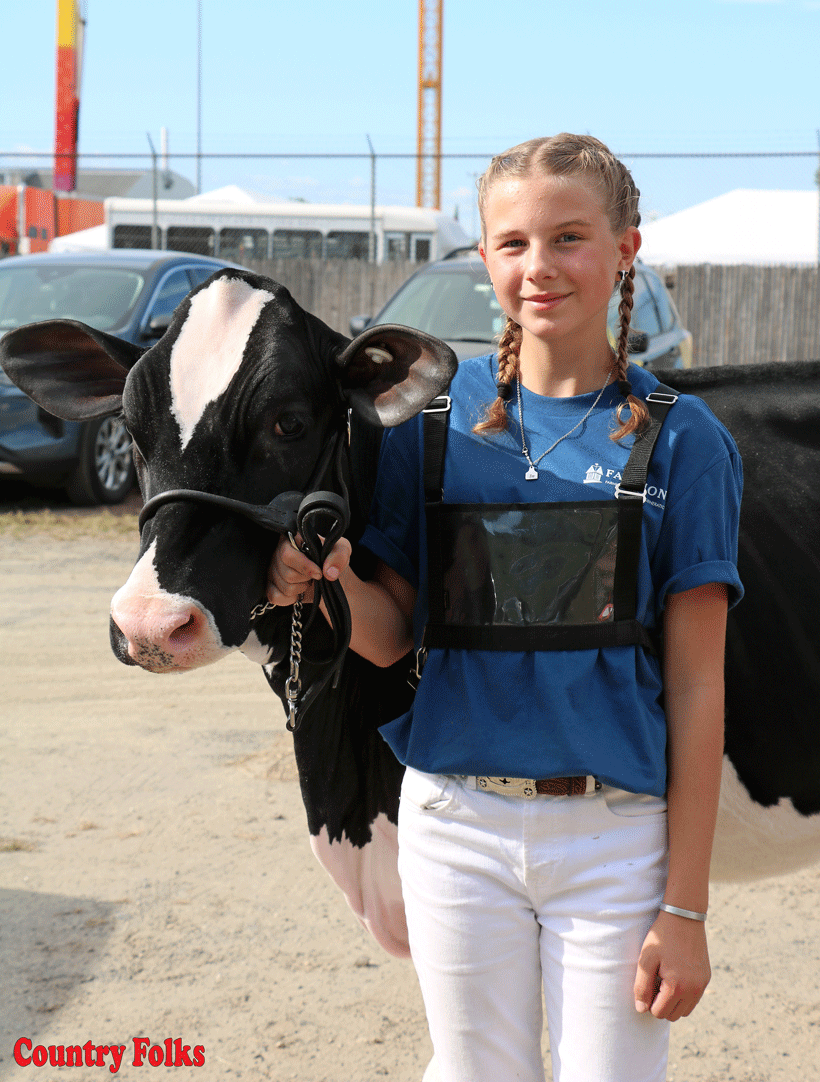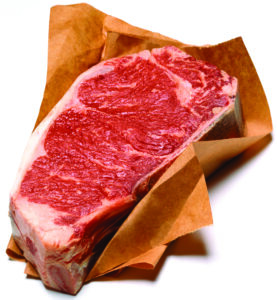Improving soil health starts with analyzing the soil, according to Aaron Breimer, owner of Moose Ag, a private consulting firm in Chatham, Ontario, who works with farmers on increasing profitability through soil health initiatives.
Breimer, whose background is in cash crops, has worked in sales, agronomy and management. He presented “Success and Lessons from On-Farm Research” at the recent USDA-sponsored field day “Unlock the Secrets in the Soil” at Rodman Lott & Son Farms in Seneca Falls, NY.
Breimer said that precision agriculture starts when farmers pay attention to data, experience and “their gut.”
“You don’t have to adapt to precision ag; you only have to compete with those that do,” he quipped.
He approaches field data using his “five pillars of success” – simplicity, personalization, innovation, validation and inclusivity.
“Farm business solutions do not have to be complicated or intimidating,” Breimer said.
He seeks to personalize solutions for each farm because so many factors play into what will work. As for innovation, he wants to develop strategies that farmers didn’t realize existed. As an agronomist, he believes he must provide insights that give farmers measurable results. To provide these results, he works with all stakeholders, including the farm’s banker, accountant, tax advisor and more.
“Ag has many solutions,” Breimer said.
These include site-specific soil sampling, management zones, VR fertilizer and seed, yield monitoring, satellite imagery, drone imagery, profit mapping, nutrient removal mapping, soil loss mapping and on-farm research.
“Precision ag solutions continue to struggle to clear the chasm risk between the early adopters and pragmatists,” Breimer said. “The exception has been guidance solution for farm equipment.”
When new ag technology comes onto the scene, Breimer believes that farmers that embrace it experience the “peak of inflated expectations,” he said.
Quickly, this dips into the “trough of disillusionment,” followed by a slight increase with the “slope of enlightenment” and later the “plateau of productivity.” Although the plateau is higher than the initial production, it doesn’t reach the peak of inflated expectations.
Breimer said two approaches exist for variable rate management. One approach uses a higher seeding rate for the best soil and a lower seeding rate for the worst soil. The other approach uses a lower seeding rate for the best soil and a higher seeding rate for the worst soil.
It can be hard to remember to turn on or off the seeding relative to the soil quality from the soil map. Eventually, Breimer turned to pre-programmed strips, finding them easier. But “some areas are hard to determine if it’s an area to put in high seeding strips,” he said.

“Unlock the Secrets in the Soil,” a recent field day at Rodman Lott & Son Farms, included a mobile display by New York Soil Health. Photo by Deborah J. Sergeant
Pre-programming blocks based on performance in every field helps represent fields more accurately so farmers can plant them precisely the way they want. Breimer finds it’s easy to analyze.
“It can determine actual ROI and potential ROI of VR,” he said.
Breimer has also worked on what inputs and what crops management result in a good ROI. For corn, he has been able to average a +$7.51/acre ROI. He also ranked soybeans ($14.33), edible beans ($28.20) and wheat ($33.79).
“The response is amazing for wheat,” Breimer said. “It’s a no-brainer.”
As for using inputs, he sees an average return per acre of $11.86 for nitrogen and $15.97 for fungicide. Tracking ROI on various crops and the effects of inputs can better help farmers know where to focus their attention and dollars.
“Please soil test,” Breimer pleaded.
Bulk sampling is the least accurate, followed by grid, zone and soil sensing equipment. He likes zone sampling for the most accurate results for the cost.
He said phosphorus – the “sticky nutrient” – can be hard for producers to manage.
“Anyone who says they have phosphorus figured out is lying,” he said. “It sticks in the soil and the roots have to go get it. As phosphorus goes up, yield goes up, but getting it to the plant is the problem.”
Variations such as soil acidity and soil alkalinity can affect phosphorus fixation. The sweet spot is soil pH between 6.5 and 7.5 for highest phosphorus availability.
Breimer promotes cover crops and has tested Austrian winter wheat, faba beans, yellow peas, common vetch, buckwheat, sunflower and mixes with and without brassicas.
“Sunflowers are great for compaction and zinc mobility,” Breimer said. “I like cereal rye; it’s really good for weed control. I love mixes. I don’t think you need 25 species, but it should make sense for you.”
Breimer determines net nutrition tracking based on yield tracking.
“Yield is limited by something; understand what that limitation is and if you want to manage it,” Breimer said.











Leave A Comment